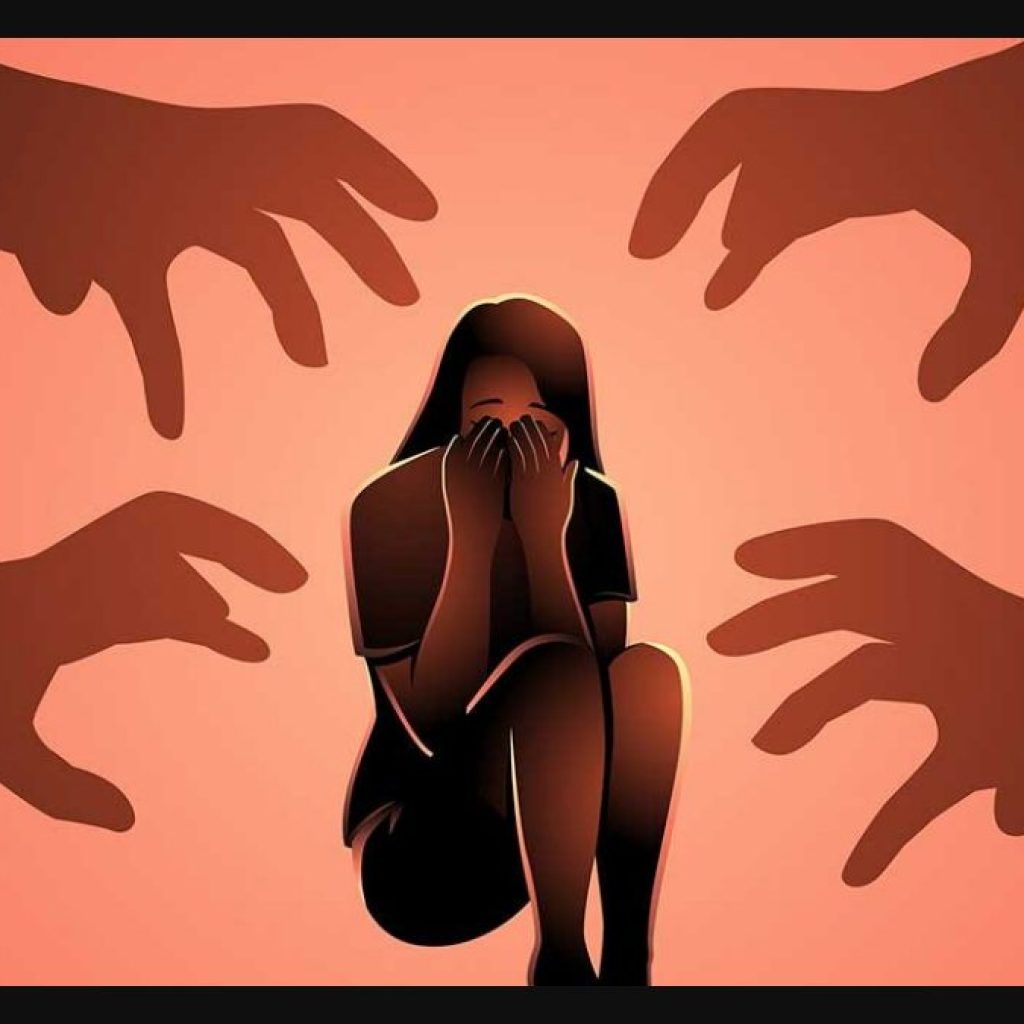Harassment against women is a pervasive and deeply concerning issue that affects individuals and societies worldwide. This form of gender-based violence takes on many forms, from verbal harassment to physical assault, cyberbullying, and workplace discrimination. It violates a woman’s rights, undermines her dignity, and has far-reaching social and psychological consequences. This essay seeks to shed light on the different aspects of woman harassment, its impact, and strategies to combat this problem.
Forms of Harassment Against Women:
- Street Harassment:
One of the most common and visible forms of harassment, street harassment encompasses catcalling, unwanted advances, stalking, and more. Women often face this when going about their daily lives, causing distress and discomfort. - Online Harassment:
The digital age has given rise to online harassment, which includes cyberbullying, online stalking, and revenge porn. Women are disproportionately targeted in the virtual world, leading to emotional trauma and sometimes even physical harm. - Workplace Harassment:
Sexual harassment in the workplace is a persistent issue. It can range from inappropriate comments and advances to quid pro quo harassment, affecting women’s professional opportunities and well-being. - Domestic Violence:
Harassment isn’t limited to public spaces. Domestic violence is a grave concern, affecting women in their homes. It includes physical, emotional, and financial abuse, with long-lasting repercussions on women’s mental and physical health.
Harassment against women has multifaceted and devastating consequences. It not only erodes their sense of safety and self-worth but also restricts their freedom and potential in various ways.
- Psychological Effects:
Women subjected to harassment often experience anxiety, depression, and post-traumatic stress disorder. The constant fear and humiliation take a significant toll on their mental well-being. - Physical Health:
Harassment can lead to various physical health issues, including headaches, insomnia, and, in extreme cases, physical injuries. The stress caused by harassment can weaken the immune system, making women more susceptible to illnesses. - Career Limitations:
Workplace harassment can hinder a woman’s professional growth. Fear of retaliation or damage to their reputation may deter victims from reporting such incidents, keeping them trapped in hostile work environments. - Suppression of Voice:
Women facing harassment may become reluctant to express themselves freely. This silence perpetuates the cycle of harassment as perpetrators go unpunished.
Strategies to Combat Harassment Against Women:
- Legal Frameworks:
Strong legal frameworks and policies are essential to address harassment. Laws should criminalize all forms of harassment and ensure that victims have a legal recourse. - Education and Awareness:
Promoting awareness about harassment is crucial. Educational institutions, workplaces, and communities should provide training on recognizing and combatting harassment. Initiatives like the #MeToo movement have played a vital role in bringing these issues to the forefront. - Support Systems:
Establishing support systems for women who experience harassment is essential. This includes confidential reporting mechanisms, access to counseling services, and advocacy groups. - Changing Social Norms:
Challenging and changing deep-rooted social norms and stereotypes is pivotal. Encouraging conversations around gender equality and respect is vital in combating harassment. - Empowering Women:
Empowering women with self-defense training, career opportunities, and leadership roles can help them assert themselves and reduce vulnerability.
Harassment against women is a grave societal issue that affects individuals on various levels. To combat it effectively, there needs to be a comprehensive approach involving legal measures, education, and a cultural shift toward gender equality. Only through collective effort can we hope to create a world where women can live free from harassment, with the same rights and opportunities as men.
Article written by Ema Ali (UAE)














